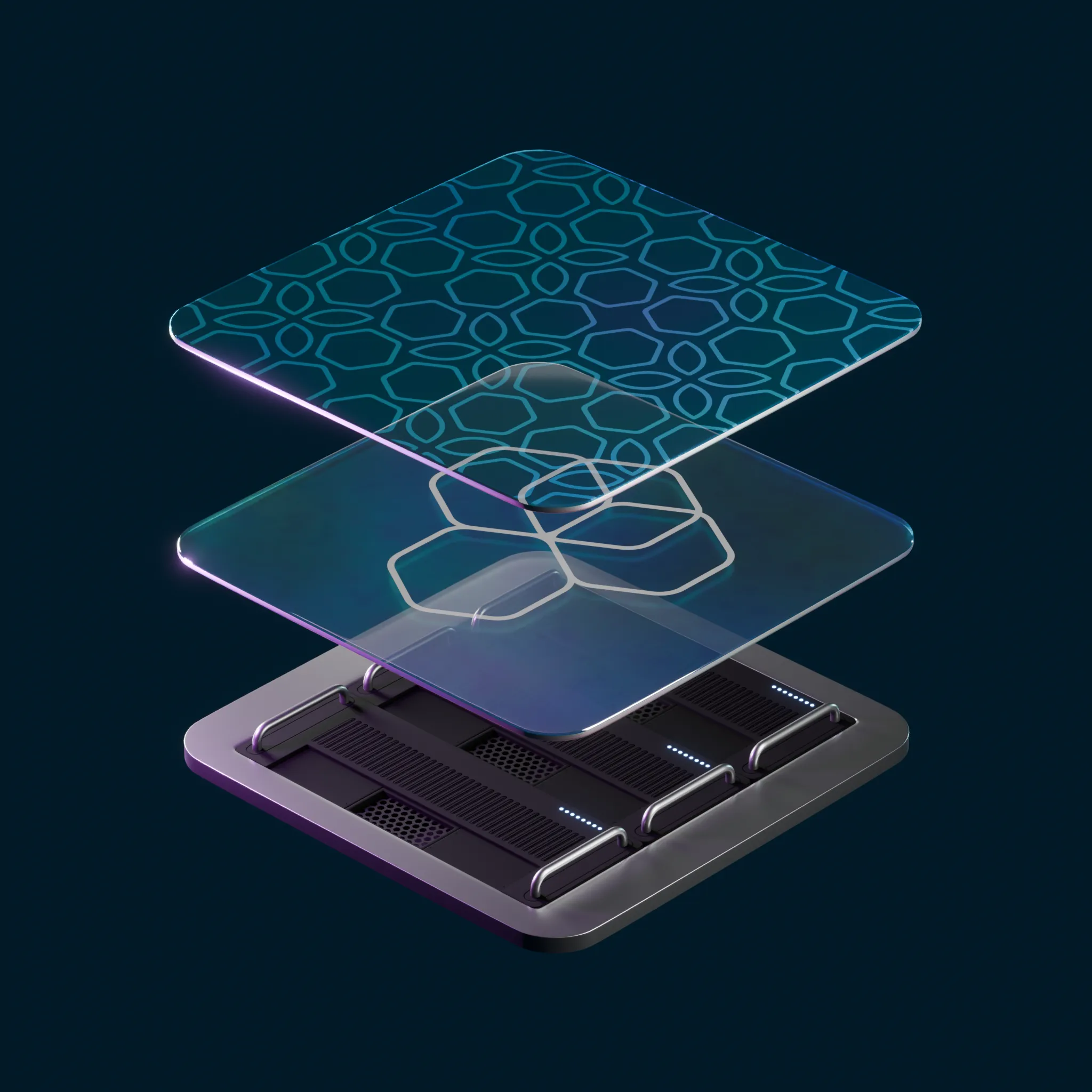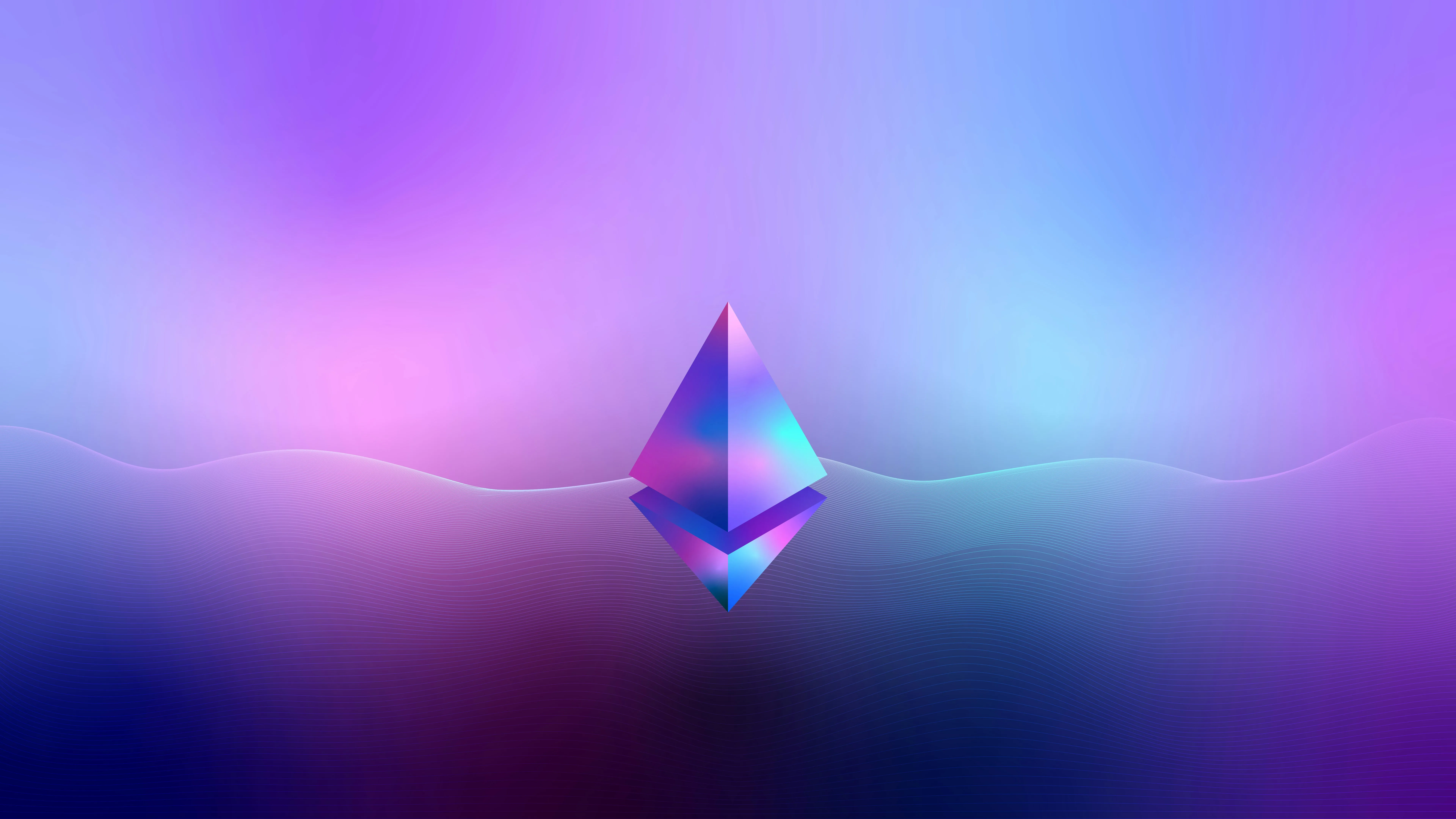A Guide to the Kalium DAO
A beginner’s guide to the Kalium Decentralized Autonomous Organisation (DAO), including its purpose, how it operates, and how you can become a member.
What is a DAO?
A DAO, or Decentralized Autonomous Organisation, is an entity where shareholders can participate in the management and decision-making process. DAOs are typically built on a blockchain, which allows them to be truly decentralized without a central authority. This structure distributes power and decision-making throughout the organization. All activities and votes within a DAO are recorded on the blockchain via smart contracts, making all actions publicly visible.
What is the Kalium DAO?
The Kalium DAO is a blockchain-based organization, build on the Etherium network, made up of shareholders from around the world. These shareholders can be anyone, as the Kalium DAO is open to the public. The Kalium DAO earns its value as it is a decentralized democracy that is accessible on any device around the world.
Unlike a traditional corporate structure, the Kalium Bank is governed by the members of the Kalium DAO. The members of the Kalium DAO vote on all sorts of mandates and policies. These votes and decisions are acted upon by the Kalium Bank. This democratic design ensures anyone has a say in the policies and activities of the Kalium Bank and, by extension, the carbon market.
The Kalium DAO was originally created to secure initial seed funding for Kalium Bank without giving up a large amount of equity to private venture capitalists who could dictate a path for the carbon bank that might not be in the best interests of the world and the climate.
The Kalium DAO serves as the primary deciding body for all of Kalium Bank’s internal activities. Its members act as an independent counsel, providing insights that represent a statistically representative view of the global population and market behaviors. This model also enhances Kalium’s decentralisation, governance, and overall brand reputation, as the members of the Kalium DAO have more decision-making power than in other centralised organizations and governments.

How the Kalium DAO Works
The Role of a DAO Shareholder
Shareholders in the Kalium DAO do not have control over the day-to-day operations of Kalium Bank. Hence, no prior skills or experience is needed to become a member. Instead, they act as an advisory council with the ability to influence key decisions and strategies, making high-level decisions that direct the Kalium Bank.
Potential use cases and responsibilities for DAO shareholders include:
- Influencing Business Strategy: The Kalium DAO can make decisions on potential business strategies, such as which new markets to enter, what investments to make, and who to partner with.
- Approving Budgets: Shareholders can review and approve initial budgets to ensure Kalium’s capital is being spent correctly, particularly in the early stages of the business.
- Electing Senior Bank Members: Members decide what characteristics, reputations, and representatives lead the Kalium Bank.
- Verifying Carbon Credit Projects: Members can participate in verifying carbon credit projects, which improves the validity of credits sold by Kalium without relying on potentially unreliable third-party validators.
- Exclusive Access: To remain informed, members also receive early insight into internal operations of Kalium such as potential job openings, financial releases, and major business changes before the press and public hear about it.
The Proposal System
A key function of the Kalium DAO is its proposal system, which allows shareholders to formally submit and cast their votes, formalising ideas and recommendations to Kalium.
- Inception: Members and the public make decisions on what they think the Kalium Bank should do next to benefit the climate. This can be done via a plethora of sources indicated by Kalium Bank, such as internal private communication channels, social media, blogs, forums, etc.
- Review & Creation: Kalium DAO internal Administration members will aggregate all ideas and decisions whilst mediating discussions. Once general and popular requests emerge, the Kalium Administrators will formalise and construct detailed proposals with as much supporting information as possible.
- Proposal Presentation: The formalised proposal will be presented to the members of the Kalium DAO. All supporting information will be included to ensure the members are informed.
- Voting: Upon presentation, shareholders will then have a fixed window of time to cast their votes (depending on the type of proposal, a minimum quorum may be required to satisfy the proposal). These votes are proportional to the number of shares held and cast on the blockchain (they cannot be undone or changed after this step).
- Submission & Review: Following the closing of a proposal, the Kalium DAO Administrators will submit the results of the proposal to the Kalium Bank, where leading and responsible members will provide a response to confirm and prove the execution of the proposed mandate.
- Relinquishment of Funds: If a proposal is successful and a significant proportion of the votes are in favor, a portion of the funds linked to the Kalium DAO will be released and made available for the Kalium Bank to withdraw and use towards the initiative that was approved. This trusted method of fund management ensures that no corruption or embezzlement of the cryptofunds can take place as the funds are managed in a controlled way by the Kalium DAO.

Proposals are always set up to be engaging and impartial to ensure a truly accurate representation of the consensus.
How to Join the Kalium DAO
Here is the process for becoming a shareholder in the Kalium DAO:
- Sign Up: Anyone who is interested (individual, company, government, etc.) must first sign up on the Kalium Bank website or an approved registration channel. The members will be assigned a unique member ID by the Kalium DAO Administration, onto which they can load shares. These shares are transacted via the blockchain, and the account that the shares are assigned to empowers that ID’s voting potential. These contributions directly seed the Kalium Bank and will then be released if a proposal is accepted.
- Authenticate: To authenticate their identity, shareholders must publicly verify/declare that they are willing to become a prestigious member of the Kalium DAO and take the responsibility to represent the voice of humankind in their decisions as members of the Kalium DAO.
- Participate: Once authenticated, members can then participate in all authorised activities of the Kalium DAO. With nothing but a mobile phone or laptop, Kalium DAO members can interact, take charge, cast votes, and make decisions that will govern how the world’s premier centralised carbon bank shapes the future of our planet.
Important Information on Shares
- Share Price: The price and number of shares in circulation is a variable value that changes given demand and funding requirements.
- Ownership Cap: To ensure the Kalium DAO remains diverse and decentralized, it is designed to ensure that no single shareholder has an outright majority that may throw or invalidate the authenticity of any proposal.
- Reselling Shares: After Kalium Bank is officially established and the Kalium DAO smart contract reaches its intended maturity, shareholders will be able to resell their shares on internal Kalium-hosted blockchain exchanges, providing a return on their initial investment and potentially rewarding members for their acts of service.
